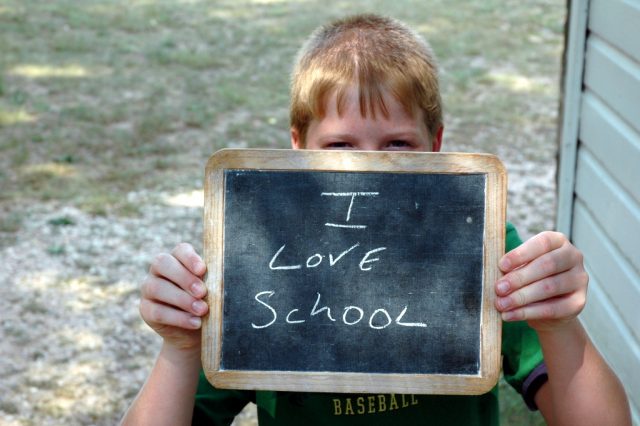Positive relationships between schools, teachers, and students are related to a upbeat school climate, better academic achievement, and increased student mental health. Educators can help children and youth around general wellness and create an environment that helps students manage challenges. Educators can try a variety of strategies:
Create a positive school environment
Schools can create a sense of community, and some ideas include lunch-time buddies, display students work, and cross-age tutoring and sports clubs. Schools can also create a sense of pride in the school with clean classrooms, hallways, and clean school grounds.
Create a calm, positive classroom
Classroom spaces can motivate, engage, challenge, and foster mental wellness. Some ideas are:
- Give students tasks that match their ability, are important, and under their control as much as possible.
- Encourage other students to copy good behaviors and loudly comment on good behavior rather than poor behavior, such as “Great! Johnny and Samantha are lining up” rather than “Bobby and Susie are not in line yet”. Be specific in your comments of what you observe.
- Provide alternatives to contribute and complete work, for example a nervous student with a difficult time focusing in a large group setting may perform better in a sheltered area such as a study carrel, or a sad student unable to contribute to class discussions could digitally record his or her contribution or discuss privately with the teacher.
- Let students have input in class rules, schedules, and course content. This facilitates a perception of control.
- Organize a classroom environment that is calming, clean, and uncluttered, and a space to concentrate, calm down, stretch, or re-energize (here is a grade 3 students drawing of ideal classroom from an outside agency workshop).
- Create a consistent schedule of activities, such as a ‘work, break, work, break’ labels on the visual schedule as a consistent routine. This may compel students to work hard knowing a break is coming soon.
- If a student needs to regain a sense of stability, some options are:
- Student can discreetly be asked to walk a note to a teacher or office.
- Allow the student to visit a staff member that they have a bond with.
- Provide a quiet space in the room that allows the student to regain composure.
- Ask student to draw or write a story on how they are feeling, and follow-up to talk to student about it, or allow student to talk to another person, such as the counsellor.
- Class wide breaks may be beneficial as it does not single out an individual student, and it is possible the entire class may need a break. Some ideas are:
- Introduce deep breathing, yoga, or other techniques.
- Play soft relaxing music, such as classical music or soft jazz music.
- Provide a break and students can chose their own relaxing activity.
- Take a virtual break (our favorite is the Monterey Bay Aquarium jelly cam), or the Explore Live Cams websites. More suggestions are in this article.
Power struggles with students
Power struggles between adults and students can arise, and it is important for educators to remain in control of their own emotions. Certain techniques can help, such as:
- Take a deep breath before responding to the student.
- Speak in a calm tone.
- Keep responses brief.
- When the behavior and emotional stability of the student is very low and the relationship between the student and class, and/or student and educator needs repair, some tips are:
- When having a conversation with the student, start with a positive comment, then address the behavior, then develop a plan together.
- Acknowledge that the student has the power to make good choices and help the student recognize his/her options. Educators can present themselves as the student’s cheerleader for good behavior.
- Help the student figure out how to ‘save face’ in the situation and not feel ashamed or embarrassed by his/her behavior. This can help build a connection and a sense of teamwork between the student and educator.
The material above includes information from the National Association of School Psychologist website.

